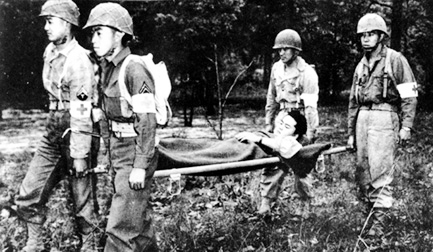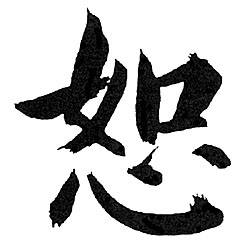Hawai'i Forgiveness Heroes
The 442nd Regimental
Combat Team (RCT)
and the
100th Infantry Battalion
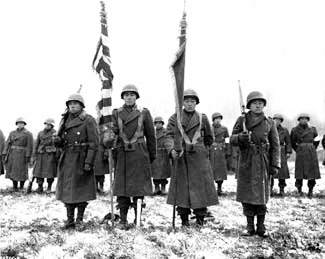
When the United States naval base at Pearl Harbor, Hawaii was attacked by Japan in 1941, all Americans eligible for military duty were called upon to fight -- except Japanese Americans. They were categorized as non-draftable; many of them and their families were placed into concentration camps.
But in 1943, the government reversed this decision and announced the formation of the 442nd Infantry Regimental Combat Team, initially consisting of 4500 Japanese American volunteers from the mainland United States and the Hawaiian Islands. Despite the racism of those days, they volunteered because they believed that, if there was to be any future for Japanese in the United States, they had to demonstrate their patriotism by fighting for their country.
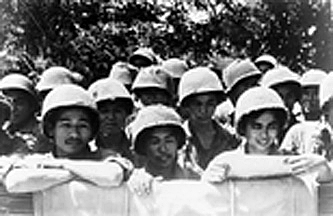
Initially, the young men of the 442nd had to prove their loyalty to other American soldiers and to their commanders. And they showed immense courage in liberating the small town of Bruyeres in Southern France; they rescued the "Lost Battalion" (141st), a large group of Texas soldiers trapped behind enemy lines who were being relentlessly encircled by the Germans.
They were also key to the liberation of the hellish concentration camp at Dachau; their memories, accounts and photos form an important part of the historical record.
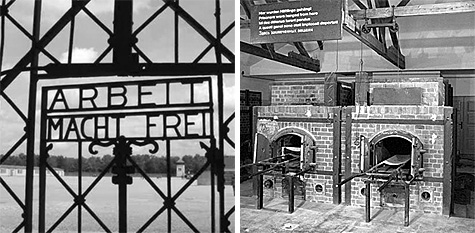
The stories of their heroism spread throughout the military as the war ended, until the 442nd became the most-decorated unit in United States history.
18,000 total awards were bestowed upon this relatively small group of soldiers, including 9,500 Purple Hearts, 52 Distinguished Service Crosses, Seven Distinguished Unit Citations, and 21 Congressional Medals of Honor. Many of these American heroes became pillars of postwar Hawaii, helping the nation to statehood and becoming key civic, business, educational and political leaders. Senator Daniel Inouye, currently the longest-serving United States Senator and the most senior Armed Services chair, was a decorated member of the 442nd. Senator Inouye's right arm was shattered by a grenade while successfully destroying three German machine gun nests; he was one of the recipients of the Congressional Medal of Honor in a belated recognition bestowed by President Clinton in 2000.

The "No Japs Allowed" signs that the 442nd returned after the war have been replaced today by respect and honor in the modern State of Hawaii. These young men surmounted the abuse of themselves and their families and, by their dignity and forgiveness, exemplify true American heroism.
Their ranks have thinned, and the story of the 442nd remains relatively obscure to most people, even at home in Hawaii. The Forgiveness Project is proud to honor several living members of the 442nd Regimental Combat Team and the 100th Infantry Battalion at its meetings in Honolulu, August 1, 2004.
Here are some key links to learn more:
history
links, bibliography
in-depth
|


